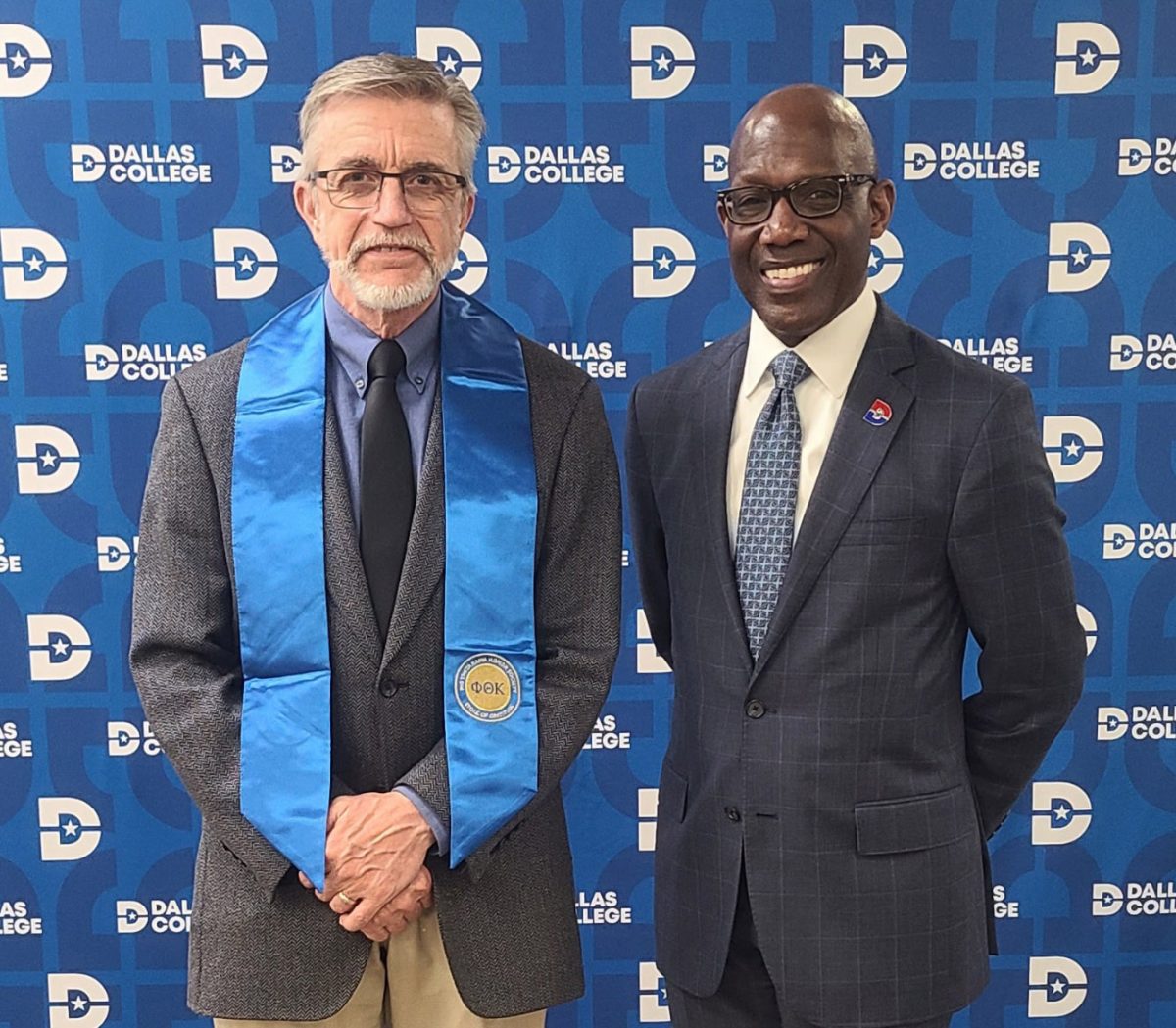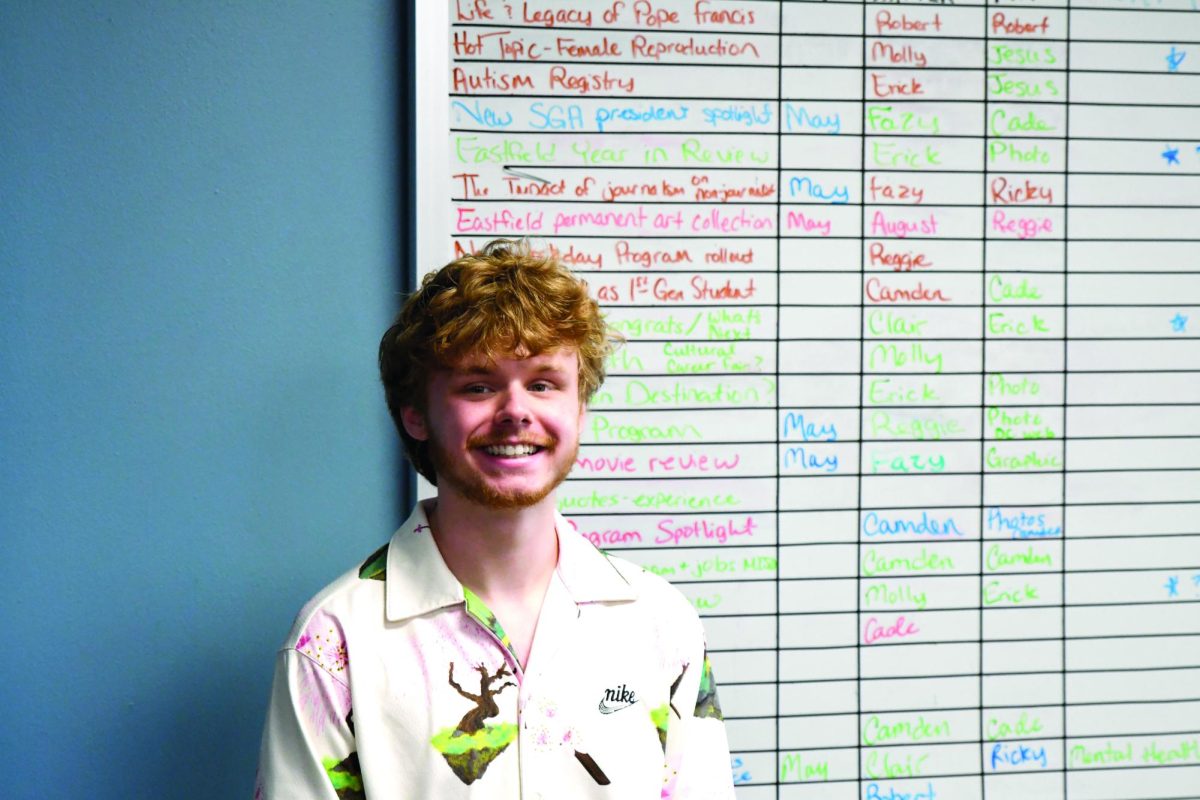
By Caitlin Piper
![]()
I can’t help but cringe when I hear a developer refer to their game as “cinematic.”
Don’t get me wrong — I love that more big-name developers are realizing that games can have rich, complex stories and three-dimensional characters in addition to enjoyable gameplay.
It just so happens that most of them suck at effectively integrating them.
On one side of the spectrum we have games such as “The Last of Us,” a title that deserved every bit of praise it received for its top-tier characters, atmosphere and interactive storytelling but could have done with a little more variety in its gameplay.
On the other side we have self-proclaimed “interactive movie” auteur David Cage, whose games have plots so nonsensical and characters so jarringly unrealistic that I’m left wondering whether he’s just another pretentious hack or if he’s actually the greatest Dada artist of our time.
Then we have “The Order: 1886.” “The Order” received a lot of attention from the media in the months before its release but for all the wrong reasons.
People got so worked up about the pretty graphics and “cinematic” storytelling that they forgot that video games are supposed to have this little thing called gameplay. It was almost as if developer Ready at Dawn was trying to hide its gameplay behind a 1080p, next-gen smokescreen before it hit shelves.
If you think I have my tinfoil hat on too tight, know this: “The Order” has more cut corners than a picky first-grader’s PB&J sandwich.
Set in an alternate Victorian London where vampires and werewolves exist and the Arthurian legends are not only a reality but the basis for a secret society devoted to killing these creatures — and yes, that is definitely one of the strangest word combinations I’ve ever pumped out — you play as a member of this society.
I’d tell you his name and motivations, but honestly, I cannot recall a single notable thing about him. Sometimes he shoots things and sometimes he grimaces into the camera, but otherwise he’s nothing but a beautifully rendered piece of set dressing in a world of nothing but beautifully rendered set dressing. That would almost be acceptable in such a “cinematic” game if not for the fact that this is not an isolated case.
The characters are to the plot what your car is to your morning work commute: a vehicle to get you from point A to point B. What little personality they show is usually contradicted in the next scene, and you would need a spreadsheet to navigate the sort of anti-logic that goes on behind their decisions and motivations.
I’m not going to spend a lot of time on the gameplay because it’s clear that the developers never did. It’s a cover-based shooter in a game about werewolves and vampires where you rarely get to shoot any werewolves or vampires. There are some quick-time events peppered throughout, but they feel forced and jarring.
This all culminates in a rather blatant sequel hook that is more insulting than intriguing, preceded by a final boss fight against a minor villain that the writers thought was more interesting than the actual villain, who inexplicably disappears halfway through the story.
“The Order: 1886” is unique, I’ll give it that. Something about its bizarre premise made it seem like an enjoyable if certifiably insane adventure I could plow through in an afternoon — which would probably be possible, as my first playthrough clocked in at just over six hours.
But everything about it just reeks of what I like to call “Launch Title Syndrome,” where developers of games released at the beginning of every new console generation are so eager to show off the system’s upgraded technology that their games turn out to be nothing but a bunch of pretty tech demos forced to dress up in shiny gimmicks while their gameplay legs atrophy.
“The Order: 1886” is a tech demo dressed up as a Play Station 4 exclusive and its gameplay was repetitive and bland when “Gears of War” was doing it almost 10 years ago.
Its interesting ideas could have made for a memorable game if they were actually given the opportunity to develop, but it seems the majority of the development time was instead allotted to making the skybox foggier.
There are words for games like “The Order: 1886” — price drop, disappointment, overhyped — but I think the word “rental” sums it up best.






